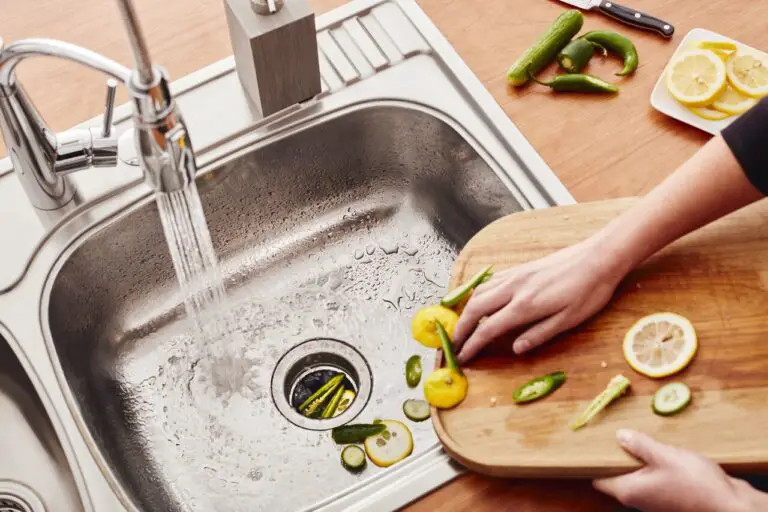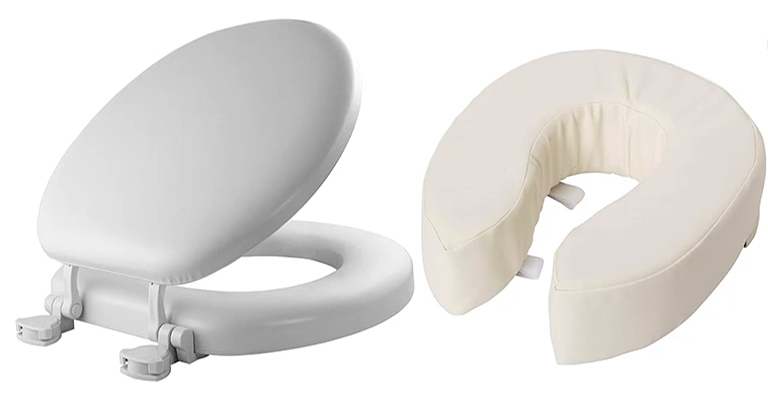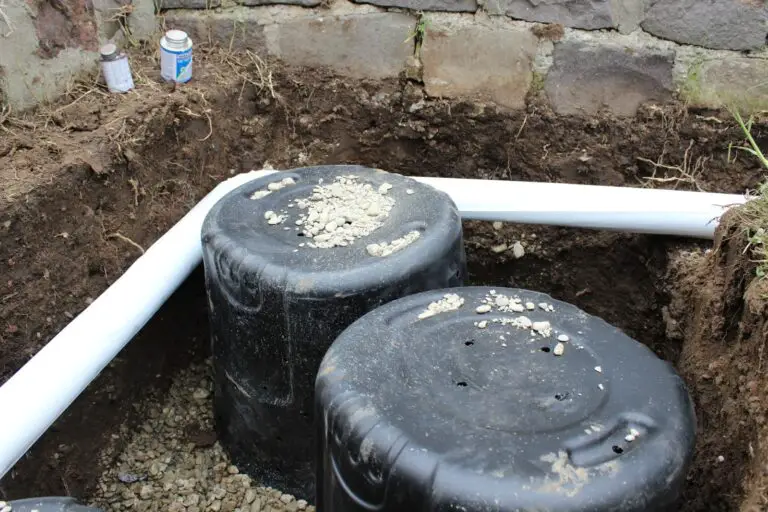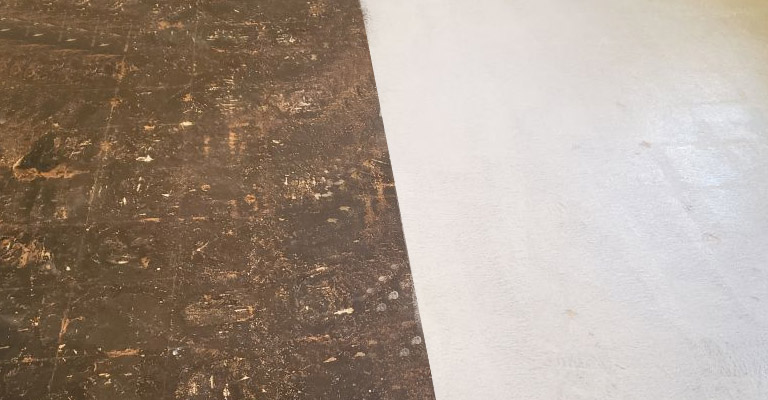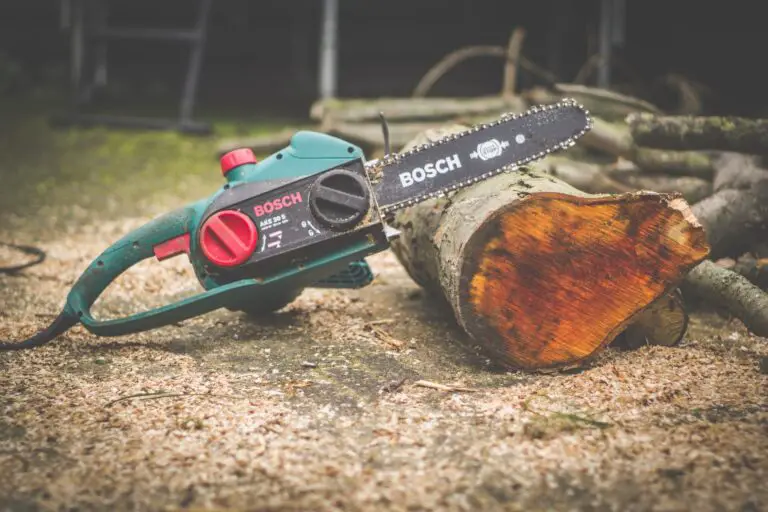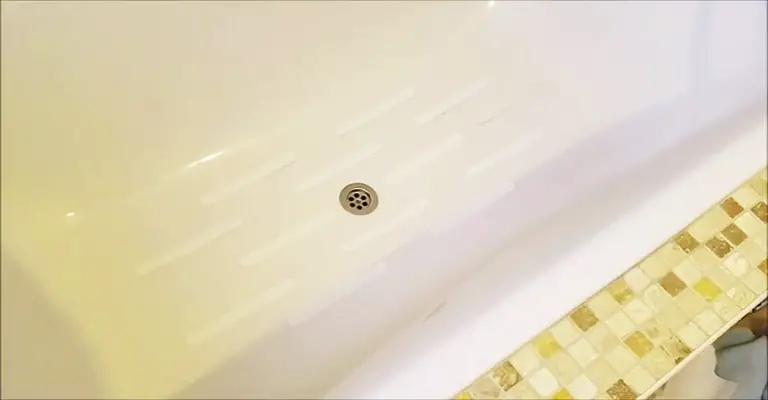Why Are My Tiles Not Sticking?
You might be wondering why your floor tiles are not sticking to the floor. Sometimes, you might notice that the adhesive sticks well, but a few tiles slip and slide around. This can happen when uneven surfaces, humidity, and other factors play a part in the problem.
Your tile adhesive might not stick because of uneven surfaces or humidity. If you notice that your tile adhesive is not sticking, try leveling out your floor by adding filler under each tile if needed.
Be careful when choosing a sealant for your floor because some products might damage the finish on your ceramic tile that needs to be sealed with porcelain or epoxy instead of polyurethane sealer.
These are the most common problems that you might face for your tile adhesive not sticking to your floor tiles.
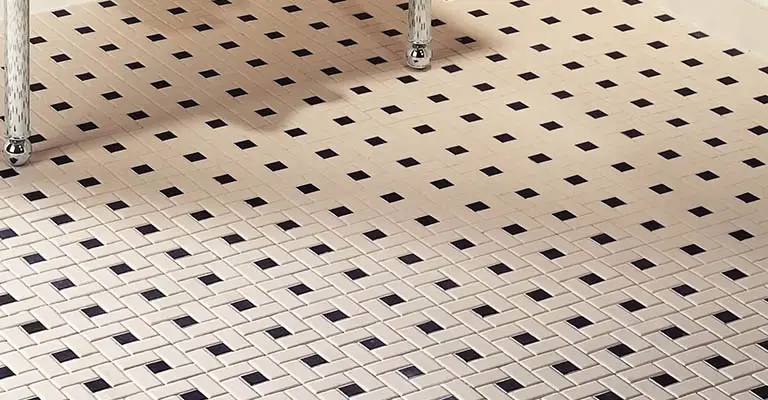
- The floor is too slippery
- The grout is too porous, allowing water to seep in and cause a seal failure
- There is a lot of dirt under the tile which causes a seal failure
- You may have used old or incompatible adhesive
- You may have used a laminate instead of porcelain
It is important to note that the adhesive on the floor tiles has to be tough so it can adhere properly, otherwise, it won’t stick. Furthermore, if the tiles are not properly put down, they can come up as you walk on them.
Why Are My Tiles Not Sticking?
Many homeowners struggle with tiles not sticking to the floor. If you find yourself in a similar situation, it can be a frustrating problem. It is a problem that is not only time-consuming and expensive but also unsightly and potentially dangerous.
This can be especially true if your floor is in danger of crumbling or cracking – something that could lead to further damage. The answer to this question lies in two areas: the tile surface and the adhesive used on top of it. If you have textured tiles, then there are higher chances of them not sticking because they have been designed to avoid adhesion with their rough surfaces.
If your tiles are made from porcelain or ceramic, then they will often have a built-in anti-adhesive coating that prevents them from bonding to each other. The problem could still be improperly mixed thinset if your tiles do not stick to your floor.
However, it’s not the only possible reason. A similar problem may be caused by improperly mixing the grout that holds the tiles in place after they have been installed. Make sure you read the instructions again before mixing your grout. Follow them carefully and make sure the grout mixture is the right consistency.
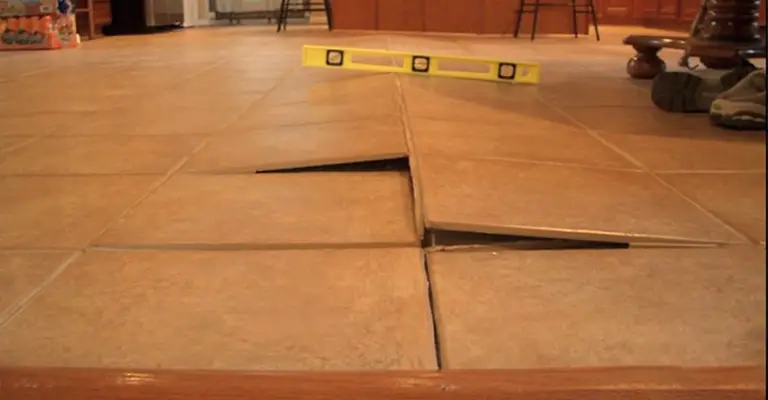
Your Tiles Are Being Applied To A “Bad” Base
A tile’s base is called an underlayment, which is basically the floor layer underneath the tile. The underlayment is the base for a tile to be able to stick in it firmly. For a thick floor, you will have to use a thicker underlayment.
Tile applications are not easy! So how do you avoid these problems? Here are some common mistakes to watch out for:
- Using flooring with a low underlayment level under your tiles. This might cause your tiles to sink or lift off of the floor when they are installed.
- Installing grout on top of an old adhesive that has dried out over time so that grout does not bond well with the tile surface.
You Are Not Back Buttering Your Tiles Or Not Using Enough Grout Or Thinset
You will then need to make sure that both the adhesive and grout are the right consistency, and that you are using enough of them both. Using a trowel, thinset can be applied to your floor and you should use enough to hold your tiles securely in place.
As an additional step, you should also butter your tiles on the backside. The thinset should first be applied to the backside of the tiles and then to the floor. Even if you’ve followed all the instructions correctly, back-buttering might be necessary if your tiles still aren’t sticking.
In addition, you could have adhesive problems if you do not use enough grout around the edges after laying your tile.
What Should You Do When Peel and Stick Tiles Will Not Stick?
It is almost always easy to peel and stick tiles, and they adhere well almost all the time. It would be rare and unusual for them not to, for some reason. The reason for this is often that the underlayment area has been damaged somehow, making it difficult for the peel-and-stick tiles to stick.
It is possible to purchase a few products to aid in the sticking of peel and stick tiles. The first of these is HOMEeasy Carpet and Vinyl tape. This is one of the strongest tapes you can find and works well with this tile.
Another option is the Loctite Heavy Duty adhesive. It is extremely strong and can be used on almost any surface. Weldbond Multi-purpose Glue is another item I recommend. Even though this stuff is somewhat more expensive than the larger size, it works like magic.
Peel and stick tiles often work perfectly well on their own without any additional adhesive. In the extreme event that your tiles do not adhere on their own, you should only use these.
Floor Tiles Not Sticking to Adhesive
When floor tiles do not adhere to the adhesive, a common problem can occur. Usually, this is because the adhesive is applied at too great a pressure.
Heat guns or hair dryers can soften the adhesive for you if this is an issue. Once you’ve done this, apply a thin layer of adhesive to the back of your tile and place it on a piece of paper.
Have you tried everything to solve your floor tile problems and are still having problems? Ask your local tile installer for assistance.
When everything else is fine, there is usually a simple reason your ceramic floor tiles don’t stick to your adhesive. Before you try to place the tiles on it, you are probably letting it dry out. You won’t be able to use thinset if you wait too long between spreading it and placing the tiles.
The length of time it takes to complete this is not set. There are various factors to consider, including:
- A thinset’s type (water-mixed or polymer-mixed)
- Physicochemical properties of thinset
- The movement of air in the room
- Temperature
- Thickness/thinness of the thinset
Will Tile Stick To A Painted Floor?
How about a painted floor? Would ceramic tiles stick to painted floors? While the short answer is yes, the more accurate answer is that you would be better off not attaching tile to a painted surface.
While you can do it, it’s not recommended, and it takes a lot of preparation to get it to work. Then there is sanding and priming to be done, which will take care of any peeling or loose paint. There is a lot to do! You should avoid adding tile to painted floors if you can. However, you can do it if you have no other option.
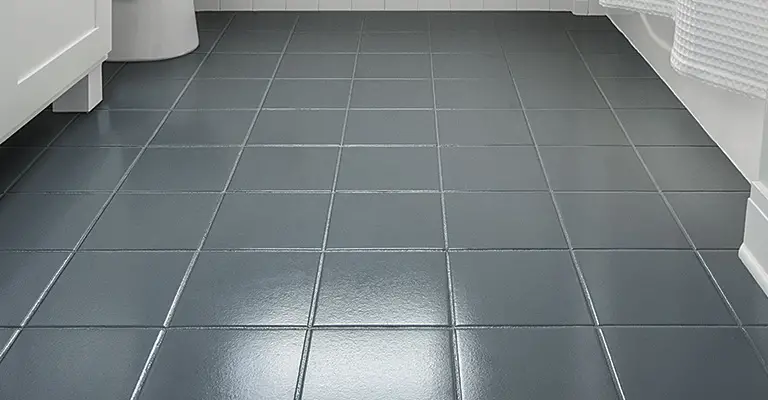
Final Words
Achieving a flawless finish with ceramic floor tiles requires attention to detail and the right techniques. Ensuring that tile grout is mixed to the correct consistency and applied thoroughly is crucial for tiles to stick properly. Moreover, the application of enough thinset, using the right trowel ridges, is essential in creating a strong bond between the tile and the substrate. An often overlooked but critical step is to back butter the tiles, especially larger ones, to ensure full coverage and a firm stick. This technique not only enhances adhesion but also compensates for any irregularities in the tile or the floor surface.
Furthermore, the quality of materials cannot be understated. Using high-grade thinset and grout, specifically designed for ceramic floor tiles, ensures longevity and durability of your flooring. Remember, a successful tile installation is not just about the aesthetics; it’s also about the longevity and safety of the flooring. By paying attention to these details and following the best practices outlined in this article, homeowners can enjoy a beautifully tiled floor that remains intact and attractive for years to come. Employing these techniques will not only result in a visually appealing floor but also ensure a safe and durable surface for everyday use.

